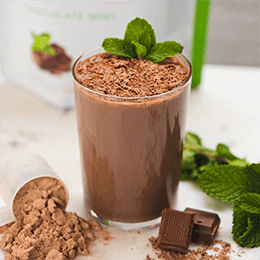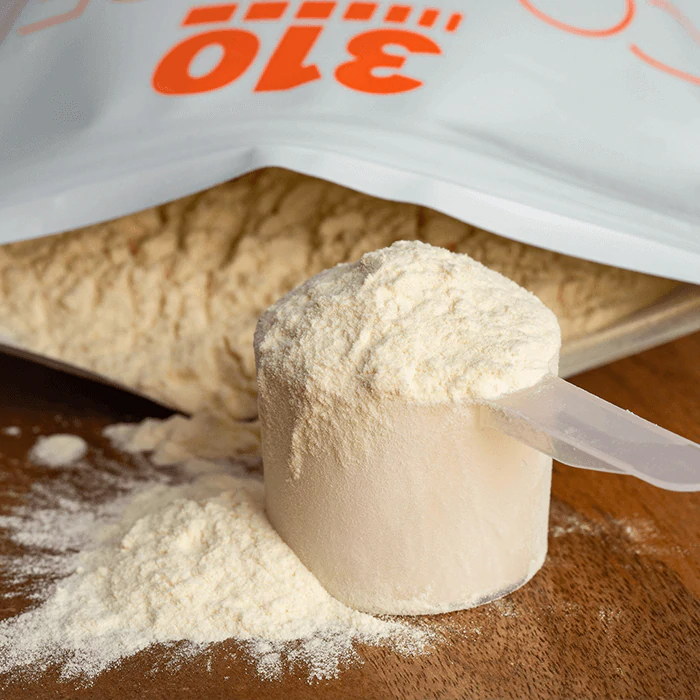If you have diabetes, you may be wondering if you can safely begin the Ketogenic Diet – the popular high-fat, low-carb dietary plan with potential health and weight loss benefits. You might have heard that keto can help you manage your diabetes symptoms, and want to know if there’s any truth to it. Or, maybe you know someone who has diabetes, is following the plan and feeling amazing.
Either way, you want to know if the keto diet is a good choice for you – and we’re here to help you sort that out. From safety considerations to potential benefits, read on to find the answers you’re seeking.
First, for a more in-depth description of how the ketogenic diet works, check out our Keto Diet for Beginners Guide here.
Is A Keto Diet Safe For People With Diabetes?
Even a diet that research shows may offer immense benefits can also have some risks. If you are diabetic, definitely do not start a keto diet without first consulting your physician. They may wish to have you start the diet in a certain way, alter your diabetes medication, or closely monitor your sugar or ketone levels throughout.
That being said, the keto diet is safe for most people with diabetes – just make sure you know the rare yet potential risk factors, below (especially if you have type 1 diabetes). But first, we’re going to look at the benefits…
Potential Benefits of Keto for Diabetics
More Balanced Blood Sugar Levels
As you know, people with diabetes have to be careful about blood sugar. One of the main benefits of keto is that it helps reduce blood sugar spikes and balance your levels. Having less carbs in your body means there’s less glucose to build up in your bloodstream. This, in turn, requires less insulin to manage the glucose, and results in more balanced blood sugar.
Having less carbs in your body means there’s less glucose to build up in your bloodstream. This, in turn, requires less insulin to manage the glucose, and results in more balanced blood sugar.
Improved Weight Loss
If you’re overweight and have diabetes, being on a ketogenic diet may help you lose weight and therefore better manage your symptoms. You may initially be confused as to how a diet that is high in fat can help you lose fat, but it’s all about the effect the foods have on your system.
When your body is running on ketones for fuel while in ketosis, you burn off more stored fat, instead of using glucose for immediate energy. Therefore, you deplete your fat stores, helping you lose weight. Ketosis also helps boost your metabolism so you don’t store as much fat, but instead burn it for energy.
Reduced Cravings
Healthy sources of fat such as avocado, wild salmon, olive oil and grass-fed butter are encouraged on keto to up your fat content. These foods are also much more satiating than carbs or sugar and will last you longer before you reach for another meal or snack.
Many people on keto also report that after the first few weeks on the diet, they no longer crave sugar. Being addicted to sugar is a dangerous condition, especially when you have diabetes, so cutting out the supply is beneficial in more ways than one.
Many people on keto also report that after the first few weeks on the diet, they no longer crave sugar. Being addicted to sugar is a dangerous condition, especially when you have diabetes, so cutting out the supply is beneficial in more ways than one.
Enhanced Energy
In helping to manage your diabetes symptoms, the keto diet may also boost your energy. Many people with diabetes often feel tired or fatigued, but when you use fat for fuel in ketosis it’s known to help increase energy levels and mental focus.
When your body is no longer “weighed down” by carbs and you aren’t having frequent blood sugar spikes and drops, you’ll likely feel much better. Also, as you lose weight and energy levels increase, you may even be more motivated to exercise – which can help you lose even more weight! 310 Nutrition even has a collection of at-home gym equipment to help you achieve your exercise goals!
Finally, many keto staple foods are naturally energizing, such as MCT Oil, coconut oil, avocados, grass-fed butter, nuts and seeds.
Risk Factors of the Keto Diet for Diabetic
Blood Sugar Drops Too Low
As mentioned, the keto diet can help balance blood sugar levels in people with diabetes by preventing spikes and high blood sugar. However, there are some cases where blood sugar levels may fall too low.
The keto diet can help balance blood sugar levels in people with diabetes by preventing spikes and high blood sugar. However, there are some cases where blood sugar levels may fall too low.
This is another reason why it’s important to give yourself the correct amount of insulin and make sure to work with a doctor. Having your blood sugar dip too low while on a keto diet is likely due to improper insulin dosing.
Diabetic Ketoacidosis
Note that ketosis (the goal state of keto where you burn fat for fuel) is much different than diabetic ketoacidosis (or DKA). DKA is a dangerous condition that can occur both on and off the keto diet for diabetics. It happens when you develop dangerously high levels of ketones and blood sugar. This makes your blood too acidic and messes up the normal function of your organs.
People with type 1 diabetes are most at risk for DKA, which can happen if you don’t take your insulin correctly, or miss a dose. In addition, some illnesses or drugs that prevent your body from using insulin correctly can also trigger DKA – which is a medical emergency and needs to be treated immediately.
Some symptoms of DKA include:
- Dry mouth
- Frequent urination
- Nausea
- Breathing difficulties
- Breath with a fruit-like odor
It’s very important for anyone with diabetes (especially with type 1 diabetes) to closely monitor your blood glucose and ketone levels. In addition, to work with your physician to make sure you’re on the correct amount of insulin.
You can conveniently monitor your ketone levels yourself on a regular basis using a home testing kit (like these urine test strips) – though you’ll want to check with your doctor first before using them.
Closing Notes: Tips for Keto Success
Be Prepared
The keto diet is not something you should decide to do one day and start the following day. As mentioned, especially if you have diabetes, you want to speak with your health care provider first to get their advice and help you devise a personalized plan.
Beyond that, the diet will require you to carefully calculate your daily calories and macronutrients. Therefore, you should pre-stock your house with keto-friendly foods, and discard of all sugary foods that would cause you to fall off track. Once you change your metabolic state and enter ketosis, you don’t want to throw your body off by sliding backwards, so it’s important to plan ahead.
The diet will require you to carefully calculate your daily calories and macronutrients. Therefore, you should pre-stock your house with keto-friendly foods, and discard of all sugary foods that would cause you to fall off track.
Know the Potential Early Keto Side Effects
Beyond the diabetes-specific risk factors we mentioned, there will also be an adjustment period while your body gets used to being on a very low-carb diet. Basically, it has to adjust to its new metabolic state, which can be a bit uncomfortable at first. You may have some flu-like symptoms for a few weeks (where the term “keto flu” comes from), but they will subside once your body is no longer addicted to sugar and is used to running on fat for fuel.
Get Support Through Community & Keto-Friendly Meal Replacement Shakes
Finally, don’t go it alone! At 310 Nutrition, we have an incredible community of men and women supporting one another to become healthier versions of themselves. Plus, adding some nutritious, keto-friendly meal replacement shakes to your diet is a phenomenal way to get all the nutrients and fiber you need when pressed for time or on-the-go. Try our Keto Meal Replacement Kit which includes everything you need to start your keto diet journey today!
What did you think of this article? Let us know in the comments, below!















